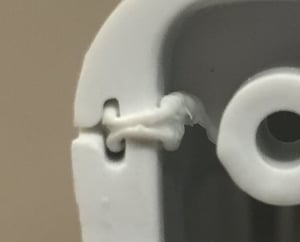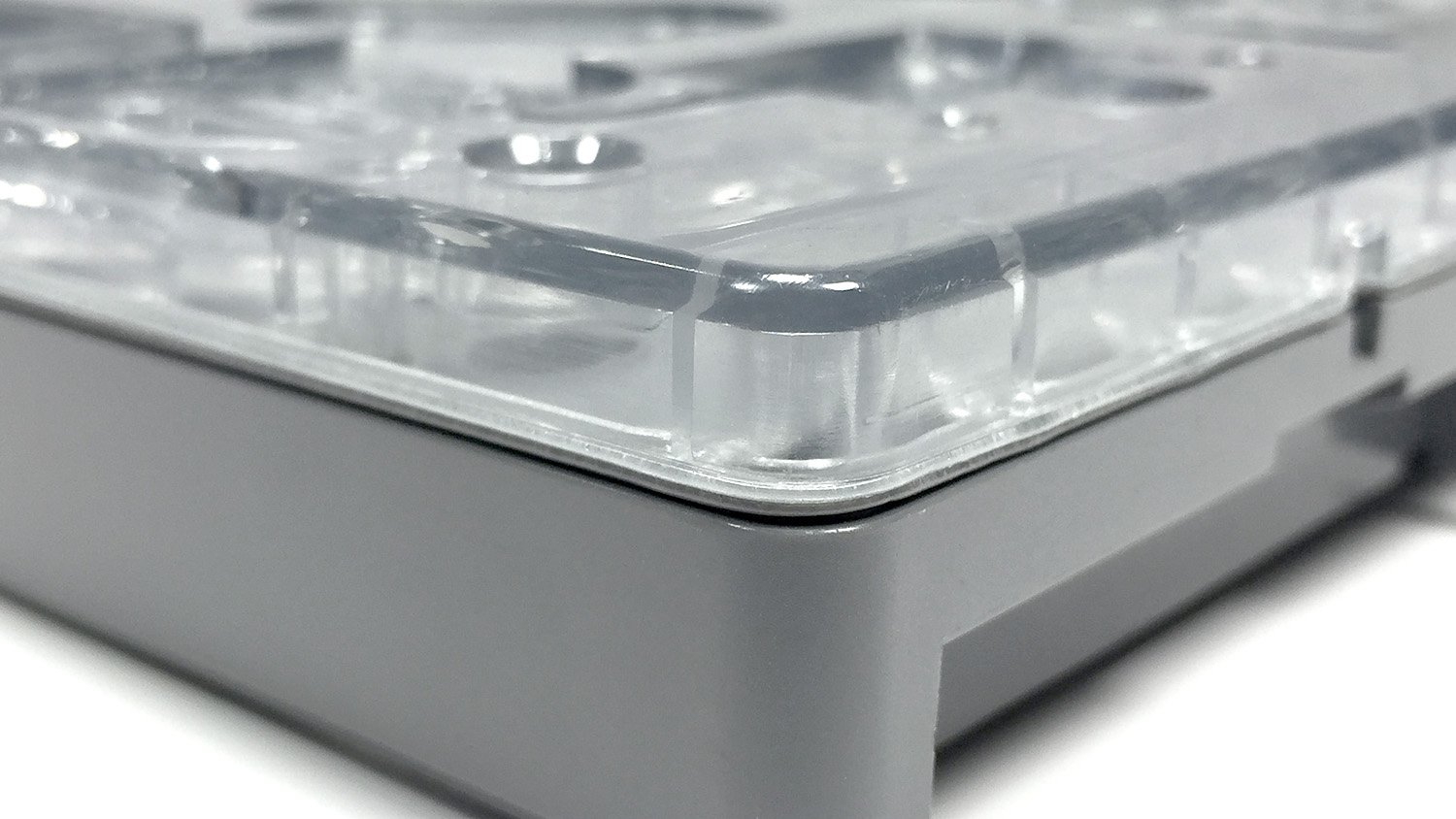You only need these 2 things to weld plastic
Believe it or not, you only need two things to weld plastic parts together. Heat and pressure. Just look at hot-plate welding as an example. For those of you who may be unfamiliar with the hot-plate welding process, it goes like this: Two parts are brought into contact with a heated tool (a hot plate). The surfaces of these parts get hot. The heated tool is removed, and the parts are pushed together until they bond to one another. See? Heat and pressure. Let's look at each in more detail.
Heat
You need to apply a precise amount of heat to the welding surfaces of the plastic parts in order for them to become semi-molten. Too little heat and the weld surface won't melt. Too much heat and you might degrade the material and weaken its mechanical properties. You can control heat with three main parameters on a hot-plate welding machine:
Heat plate temperature is the temperature of the heated tooling that comes into contact with your plastic parts. Thermodynamics teaches us that the greater the temperature difference between the heated tool and the plastic parts, the faster the heat will transfer. So, heat plate temperature affects the rate at which you heat the parts.
Melt time is the amount of time that the plastic parts dwell on the heat plate. The longer the parts are in contact with the heated tooling, the more time they have to allow the heat to soak into their welding surfaces.
Open time (or changeover time, as some refer to it) is the time between the parts being removed from the heated tooling and when the parts are brought together to begin the seal or weld phase. The weld surfaces start cooling the moment they’re removed from the heat plate. So you want to make this step quick to minimize heat loss. A quick open time will also prevent the need for additional heating during the melt phase, reducing the risk of overheating the parts.
Pressure
 Now that there is sufficient heat in the weld surfaces, you need to apply the appropriate amount of force to the welding area. If you apply too little pressure, the melted surfaces won't be forced to mix with each other, and fewer molecular bonds will be made across the welding surface. If you push too hard, you'll squeeze out most of the semi-molten material in the weld joint and have little left to bond with. We call this a 'cold weld'. There are two ways to control welding pressure:
Now that there is sufficient heat in the weld surfaces, you need to apply the appropriate amount of force to the welding area. If you apply too little pressure, the melted surfaces won't be forced to mix with each other, and fewer molecular bonds will be made across the welding surface. If you push too hard, you'll squeeze out most of the semi-molten material in the weld joint and have little left to bond with. We call this a 'cold weld'. There are two ways to control welding pressure:
Depth is a mode of control that has been used in hot-plate welding for ages, and the theory is simple: The greater the weld depth, the higher the pressure experienced by the components. This is because the material in the weld joint is progressively cooler, and, therefore, more rigid, the deeper into the part.
Force control has only been available since the recent rise of servo-driven hot-plate welding. The force needed to properly weld is based on the total area of the weld joint. Larger parts require more force. Smaller parts, less force. See how simple that is? All you need is heat and pressure. Of course, there are a lot of other factors that contribute to a successful hot-plate welding process, but they all strive to provide just these two things, heat and pressure.
In conclusion, mastering the art of plastic welding is all about understanding and controlling two key elements: heat and pressure. With the right balance of these factors, you can achieve a strong, durable weld every time. Remember, too little or too much of either can compromise the integrity of your weld. Take the first step towards mastering plastic welding by filling out the form below.

